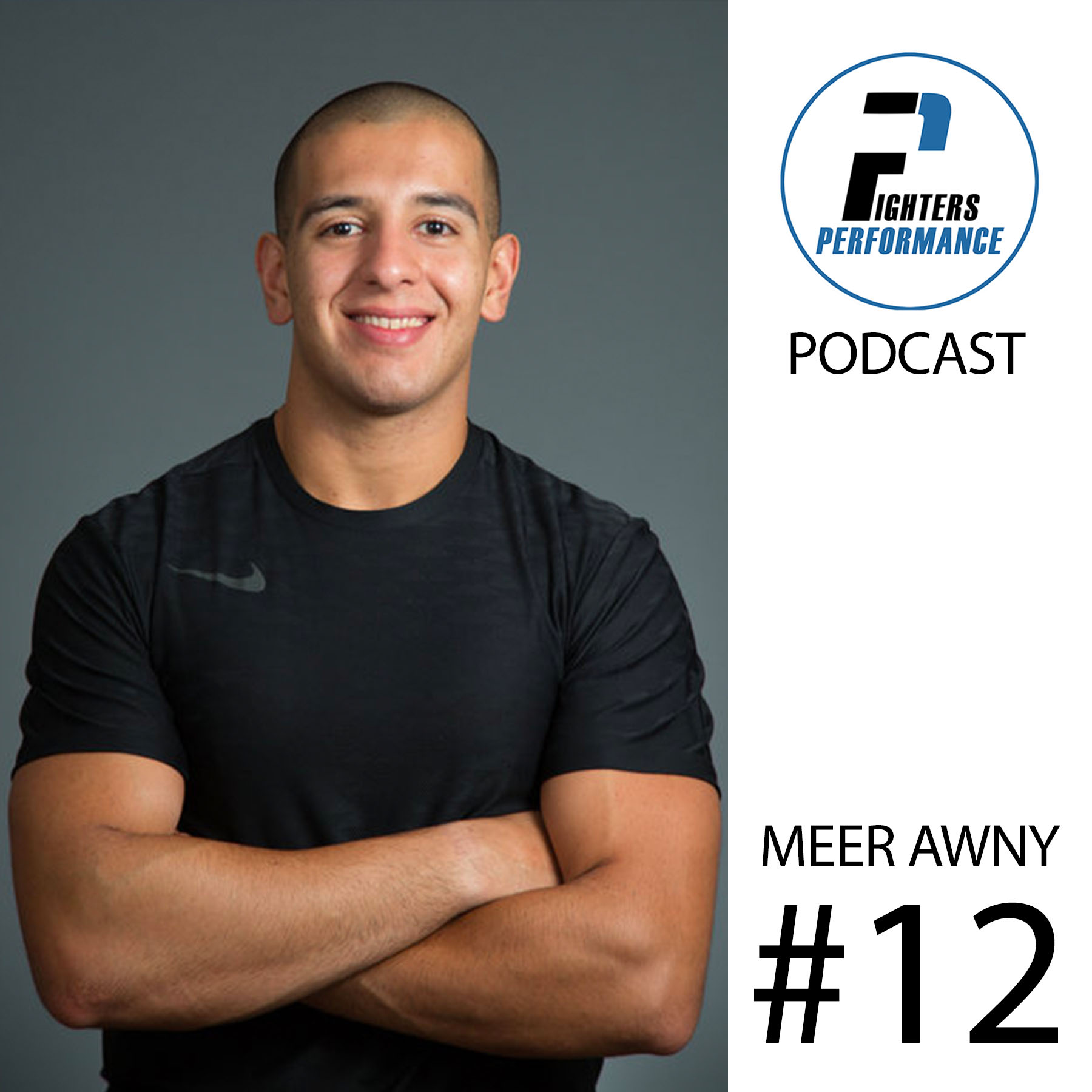How can you be the best fighter if you’re never on the mat?
Most people at training carry multiple injuries, which hinder their performance and ultimately crimp the benefits training has to bring.
When you ask them when they’re competing next they tell you about this injury they’ve had for some time which won’t go away.
“Injuries happen, there’s nothing we can do about it”.
I call bullshit!
You can be stronger, more mobile and stable which will leave you more resilient to the forces acting on your body.
Being a fighter isn’t an easy sport choice. It requires some strength and resilience through some dynamic positions, which you won’t get from just rolling and sparring. If you don’t have the key ingredients, you leave yourself open to a high risk of injury.
Fighters continually walk into the gym with some of the following problems.
- Tightness, inflexibility, and limited range of motion.
- Weaknesses in muscle, ligaments and tendons.
- Repetitive strain injuries.
- Imbalances and poor posture.
- Poor muscular preparation for activity demands.
- Poor neuromuscular coordination, excessive fatigue.
On the contrary, you will see many athletes excel if they have effectively and efficiently addressed any of these areas.
If you focus on correcting and improving these common areas of weaknesses, you will become more resistant to injuries and remain doing what you enjoy for a longer number of years.
It’s an old tale that approximately 1:500 people attain their black belt in any martial art.
I’m under the impression that a majority of these people who drop out either walk in underprepared for the physicality and the dynamic nature of the sport, fall to injury and don’t or can’t step back on the mat.
If you are a beginner, it’s important to understand how important to physically prepare for the challenges of physical contact sports.
- Develop the ability to absorb and produce strength.
- Improve motor pattern and neuromuscular coordination.
- Improve flexibility and stability through rotation.
- Develop a higher level of aerobic base to improve recovery and resistance to fatigue.
If you have been doing the sport for some time, you will know the value of having this basic level of fitness. Movements in this sport happen at high speeds, carrying a lot of explosive energy. Being prepared for that is half the battle, but also a rewarding one.
We want our strongest fighters in the gym, day to day, competition to competition. The most successful fight teams have all their fighters on the mat or in the ring, training and competing consistently.
How can you expect to be one of the best if you are always injured?
The best ability is availability if you want to stay on the mat, enjoy what you are doing and reap the rewards you gain from developing your skills for.




